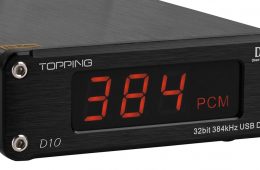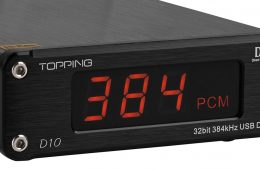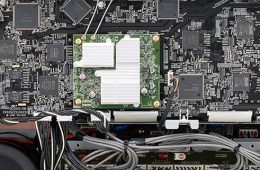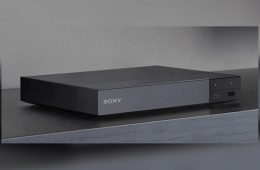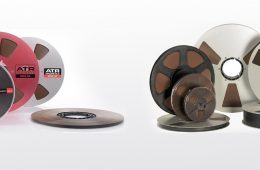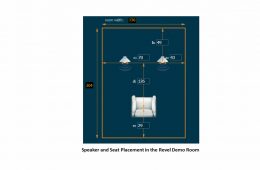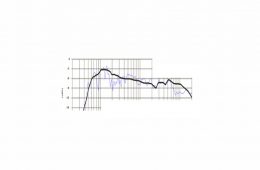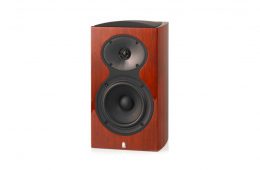- Home
- Reviews
- Features
- Movie Reviews
- SECRETS World of Vinyl
- Vinyl Music Reviews
- Custom Home Theaters
- Show Reports, Film Festivals and Concerts
- Best Of Awards
- CD Music Reviews
- Musician and Vocalist Artist Interviews
- DIY
- Tours, Interviews and Book Reviews
- Reader Reviews
- Tips
- What We Are Listening To!
- What We Are Watching!
- SECRETS Gallery
- David’s Classical Corner
- Technical
- Editorial
- Blogs
- OpEd
- AV Directory
- Recommended Gear
David A. Rich, Ph.D.
David A Rich received his MSEE from Columbia University and Ph.D. in Electrical Engineering from Polytechnic University of NYU. He specializes in analog and mixed-signal integrated circuit design, with a portfolio spanning from audio ICs for Air Force One to RF ICs for wireless cell phones. Holder of fourteen patents, David's industrial experience includes ten years at Bell Laboratories where he rose to Technical Manager. He has taught graduate and undergraduate courses in integrated electronics and electro-acoustics. David's interest in audio began very early under the influence of his father, who was a recording engineer during the halcyon days of RCA Records. He gained an early understanding of electronics building Echo, Heath, and Dynakits. At the start of quadraphonic sound, David was building decoders based on designs in Popular Electronics. During his teen years, he spent more time in the back of TVs than watching movies at the front of the set. He still has limited interest in things video. David has been a professional reviewer of audio equipment for more than two decades, serving as Technical Editor for The Audio Critic and Sensible Sound. He is a member of the Audio Engineering Society High-resolution Audio Technical Committee. Collecting classical recordings has been a passion that has run concurrently with involvement in audio hardware. David has a special interest in early- and mid-20th century American tonal composers. He is an avid fan of chamber music and leads the Selection Committee for the Bethlehem (Pennsylvania) Chamber Music Society Concert Series.




